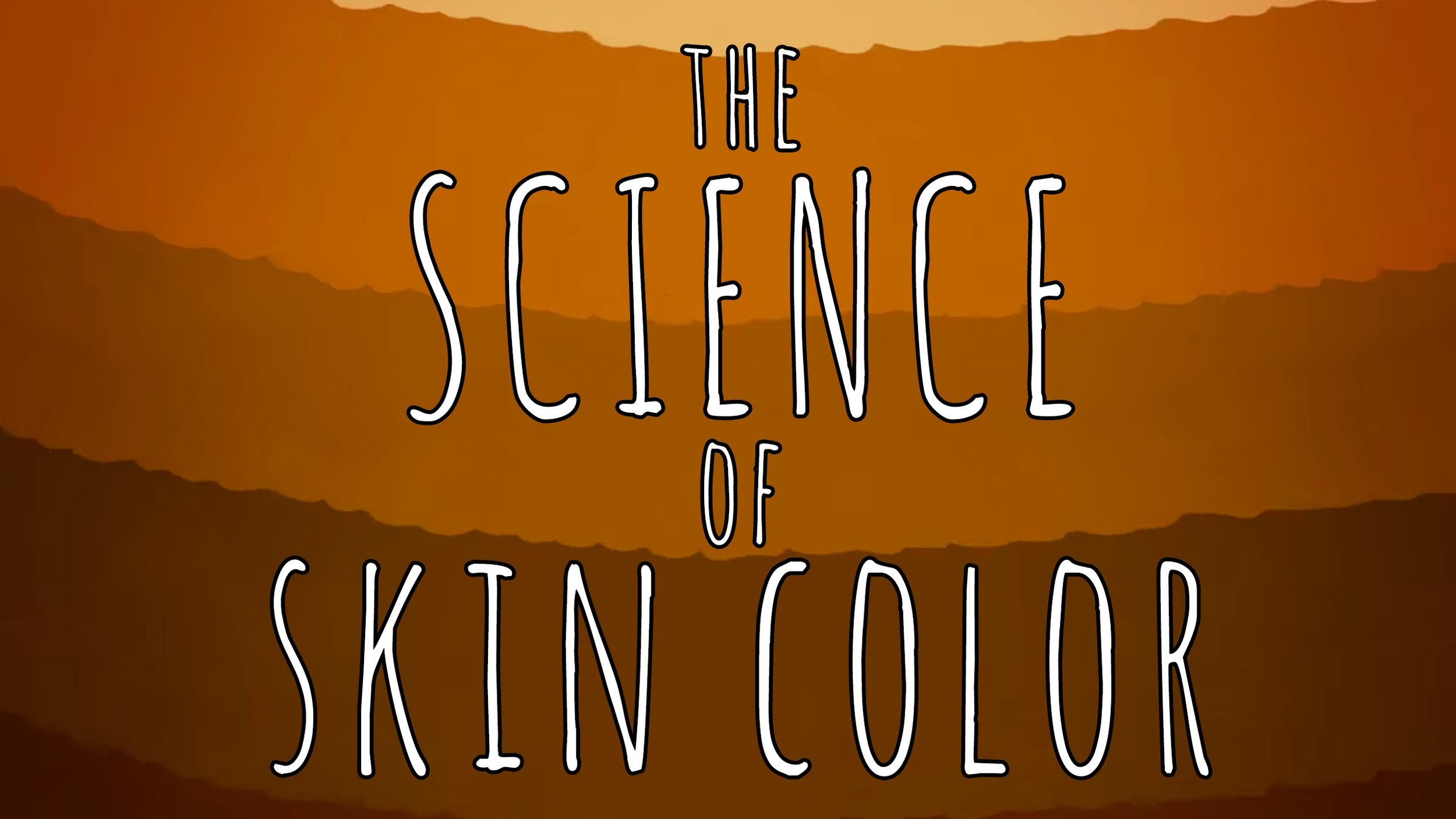Malaria and Sickle Cell Anemia
Description: Sickle-cell anemia is caused by a single nucleotide mutation in the β-globin gene of red blood cells. This creates incorrectly structured proteins and red blood cells with a characteristic "sickle" shape. This harmful mutation does not affect carriers of the disease. However this mutation can be beneficial in certain areas because it offers protection from malarial infections. This phenomenon can be used in a unit on genetics or evolution.
Web Resources: The Making of the Fittest: Natural Selection in Humans - HHMI, Sickle-cell Disease - Wikipedia
Why Do Humans Have Different Colored Skin?
Description: Human skin color can change in response to environmental changes (i.e. getting a sunburn or a suntan). However the root cause of our skin color is genetic and comes from our ancestors. UV radiation causes damage to the DNA in our cells and can lead to various forms of cancer. If your ancestors lived in an area that received large amounts of UV radiation (i.e. closer to the equator) humans evolved darker skin for protection through the process of natural selection. However light is also important since it allows humans to synthesize vitamin D. Therefore if your ancestors lived in an area that receives little light (i.e. near the poles) they evolved lighter skin.
Web Resources: Human Skin Color - Wikipedia, The Biology of Skin Color - HHMI
Galapagos Finch Evolution
Description: When Darwin visited the Galapagos Island he collected a number of bird species that he brought back to England. He presented them to ornithologist John Gould thinking they were a variety of birds and he was told that they were all different varieties of finches. This led Darwin to speculate that a population of finches had arrived on the islands and had adapted to different climates through natural selection. However Darwin was never able to observe evolution taking place. Researchers Peter and Rosemary Grant have been observing evolution of Galapagos finches for the last 40 years. One of the most famous studies involved the change in beak depth of medium ground finches during times of drought. Birds that had small beaks were unable to open the dry seeds causing microevolution in the surviving birds.
Web Resources: Peter and Rosemary Grant Research - Wikipedia, The Beak of the Finch - HHMI



